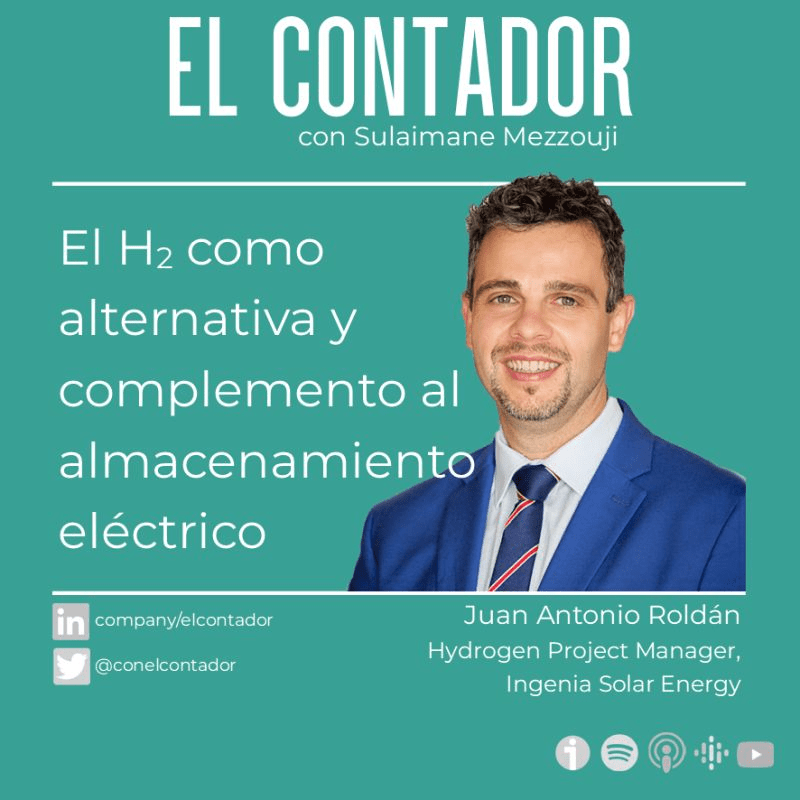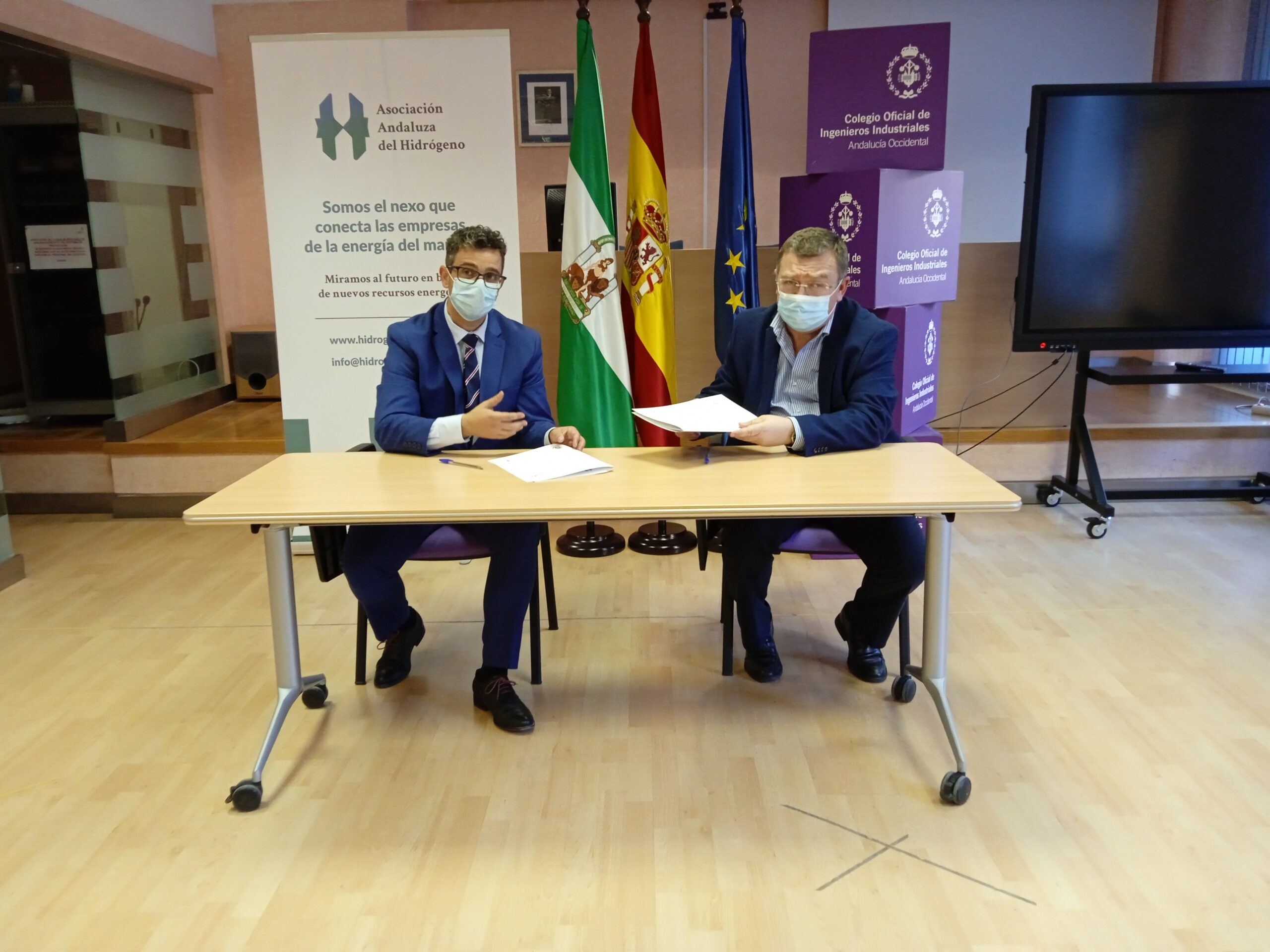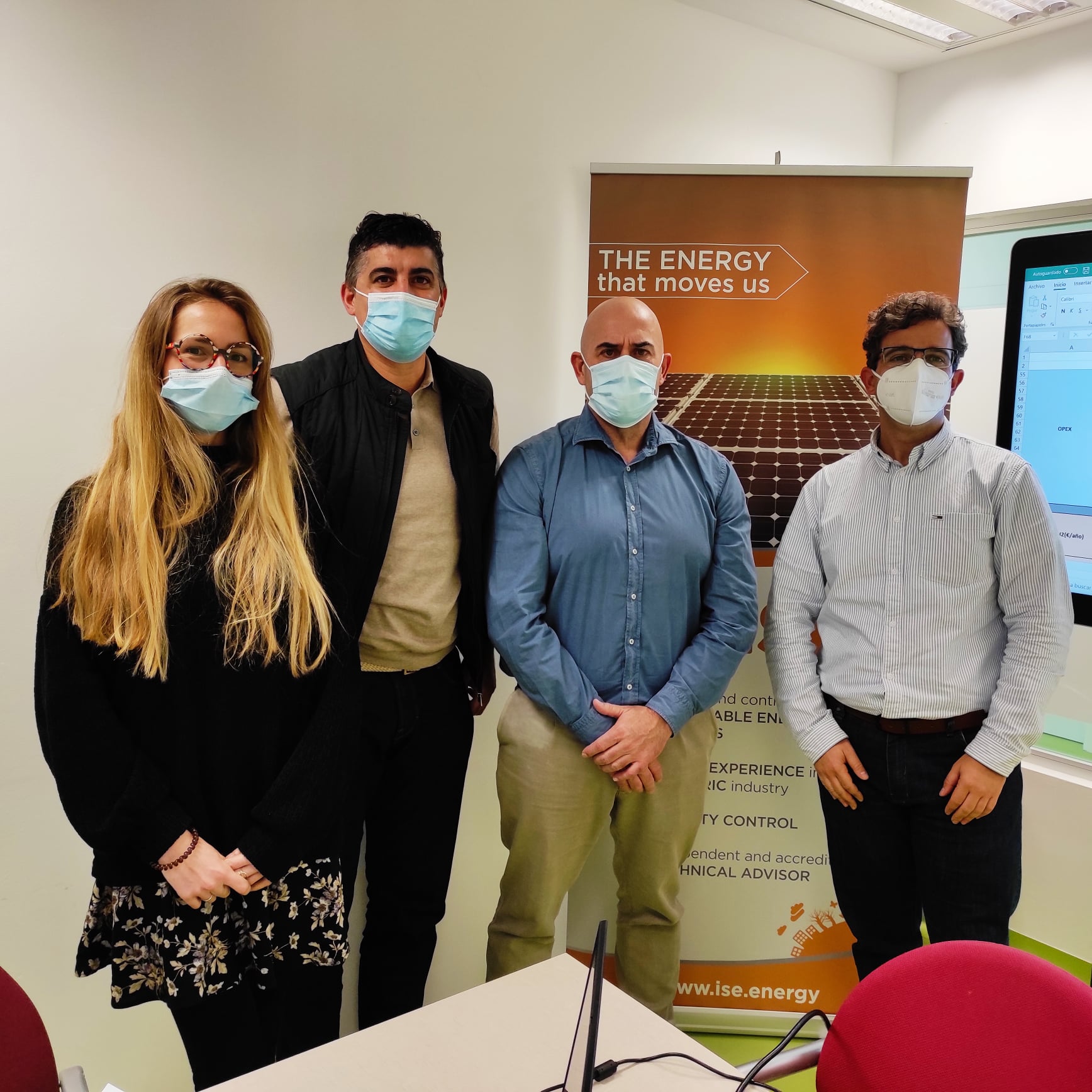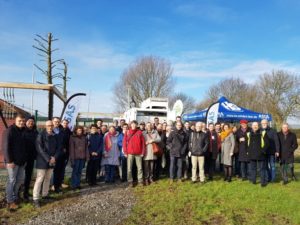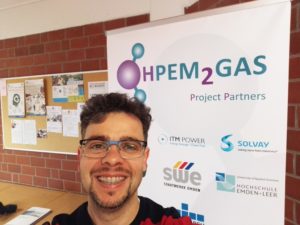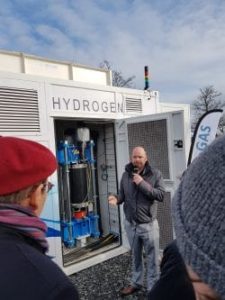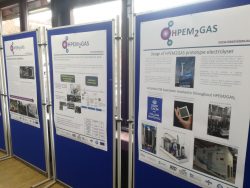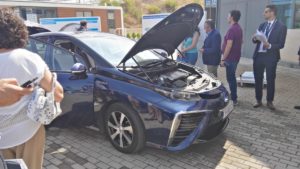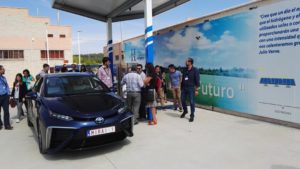Hydrogen Production for Transportation: Technical Details and Perspectives in Spain
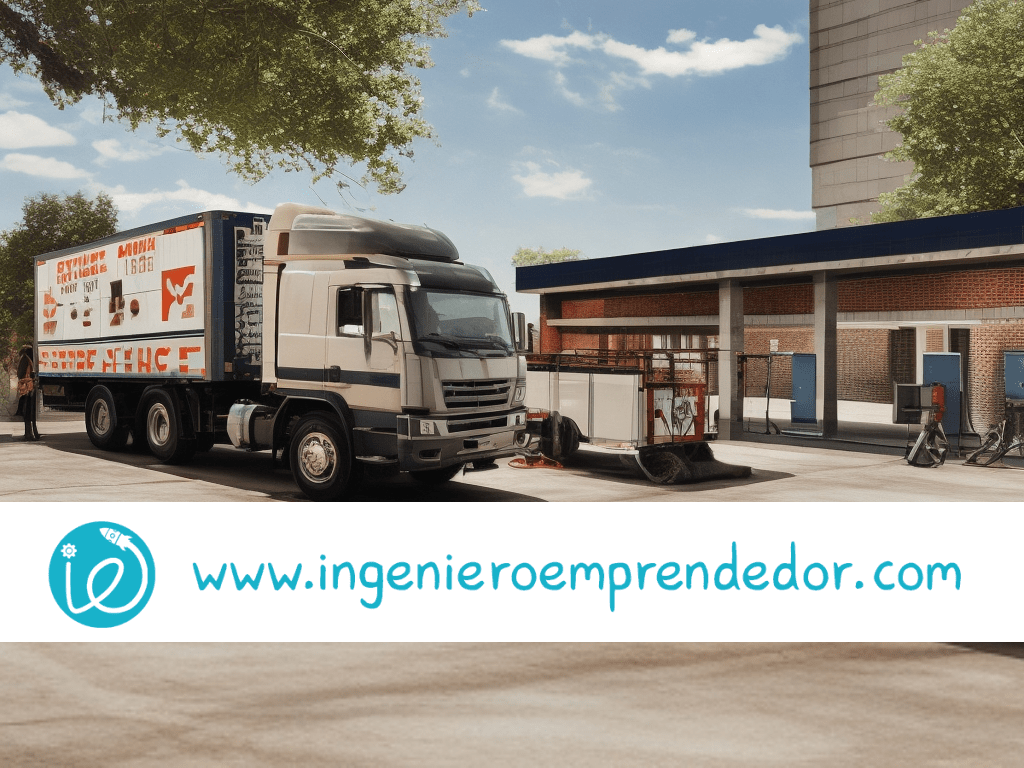
Introduction
Hydrogen has emerged as a promising energy source for transportation, including automobiles, heavy trucks, cargo ships, and cargo planes. In this article, we will delve into the technical methods of hydrogen production for these applications and assess the hydrogen production landscape in Spain in this highly technical and data-driven context.
1. Hydrogen Production via Natural Gas Reforming
In the transportation sector, especially for heavy trucks, hydrogen is often produced through natural gas reforming. This process involves the reaction of methane from natural gas with water vapor to produce hydrogen. While effective, it generates carbon dioxide (CO2) emissions that need to be addressed.
Technical Details: Natural gas reforming for hydrogen production in cargo vehicles typically has an efficiency of around 70-75%.
2. Water Electrolysis for Hydrogen Production
In more environmentally friendly transportation applications, such as automobiles and cargo planes, water electrolysis is the preferred method for hydrogen production. This process uses electricity, preferably from renewable sources, to split water into hydrogen and oxygen.
Technical Details: Water electrolysis typically achieves an efficiency of around 70-80% when powered by renewable electricity.
3. Biomass and Biogas as Sources of Hydrogen
In sustainable transportation vehicles, such as heavy trucks and cargo ships, hydrogen production from biomass and biogas is considered a viable option. These organic materials can be converted into hydrogen through gasification and reforming processes.
Technical Details: The efficiency of hydrogen production from biomass and biogas can vary but typically falls within the range of 60-70%.
4. Perspectives on Hydrogen Production in Spain
Spain is making strides in hydrogen production for transportation and is particularly focused on green hydrogen, produced through electrolysis using renewable energy.
Technical Details: In Spain, electrolysis projects are achieving efficiencies exceeding 80% when using electricity from renewable sources.
5. Use of Electrolysis for Transportation in Spain
Water electrolysis powered by solar and wind energy is gaining traction in Spain as the primary method for hydrogen production for transportation, including heavy trucks and cargo ships.
Technical Details: Solar and wind-powered electrolysis can achieve efficiencies that surpass 80%.
6. Development of Hydrogen Infrastructure in Spain
Spain is actively developing hydrogen infrastructure for transportation. This includes the installation of hydrogen refueling stations specifically catering to heavy trucks and cargo vehicles, as well as the expansion of hydrogen supply networks in ports and airports to support cargo ships and cargo planes.
Technical Details: The expansion of hydrogen infrastructure in Spain is supported by investments in high-pressure hydrogen refueling stations suitable for heavy trucks and cargo vehicles.
Conclusion
Hydrogen production for transportation in technical and data-driven applications involves a variety of methods, with renewable-powered water electrolysis emerging as a leading option. Spain is taking significant steps to advance green hydrogen production and develop the necessary infrastructure to support sustainable transportation, including automobiles, heavy trucks, cargo ships, and cargo planes. This technical and data-driven approach promises a cleaner and more sustainable future for cargo transportation in Spain and beyond.
